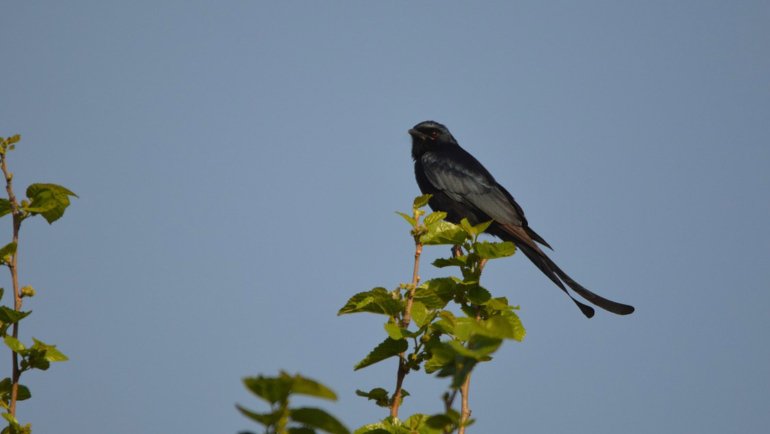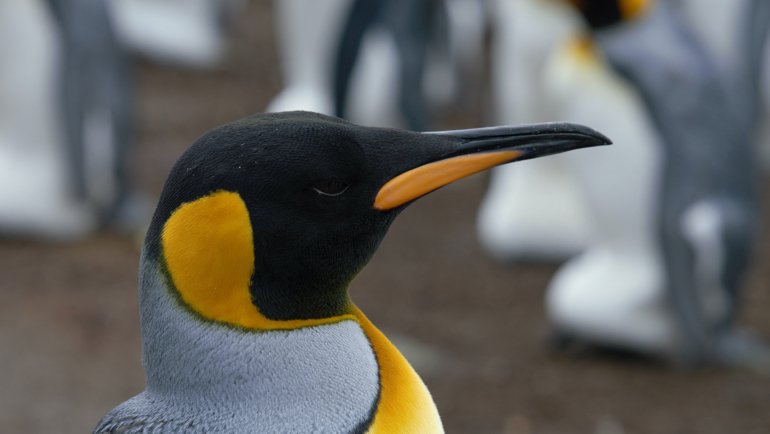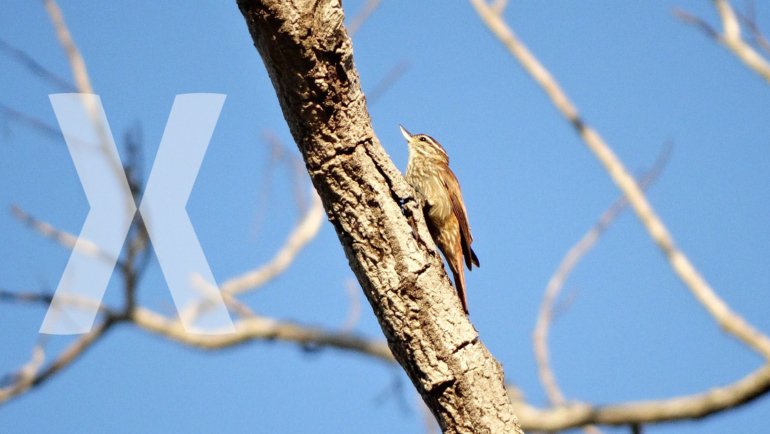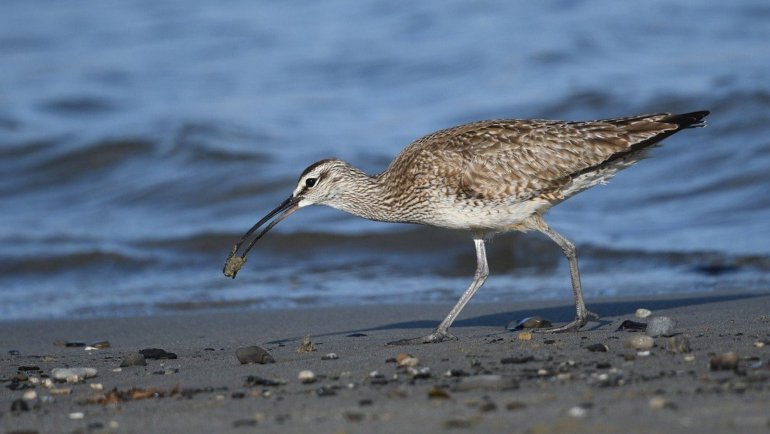Parrots are some of the most vibrant and intelligent birds inhabiting our planet. With their vivid plumage and remarkable vocal abilities, these birds are not only a favorite among bird watchers but also serve as essential members of their ecosystems. Parrots, belonging to the order Psittaciformes, are primarily found in tropical and subtropical regions, inhabiting forests, woodlands, savannas, and even urban areas. They play a crucial role in seed dispersal, which aids in the proliferation of plant species and contributes to the ecological balance of their habitats.
Despite their significance, parrots find themselves in a precarious position in the food chain, serving as prey to a variety of predators. As prey, parrots help sustain the lives of several creatures, from birds of prey to reptiles, maintaining the intricate balance of the ecosystems they inhabit. Understanding the predators of parrots is essential for conserving these birds and appreciating the delicate web of life within which they exist.
Top 8 Predators of Parrots
Hawks
Hawks are formidable hunters and one of the primary avian predators of parrots. With their keen eyesight and agile flight, hawks can easily spot and capture parrots, especially during flight. Species such as the Red-tailed Hawk and the Cooper’s Hawk are known to prey on parrots, particularly in areas where their habitats overlap.
In the dense forests, hawks utilize their speed and stealth to ambush parrots, often targeting young or injured birds. The element of surprise is crucial as parrots are usually alert and quick to react, making hawks’ hunting skills vital for a successful catch.
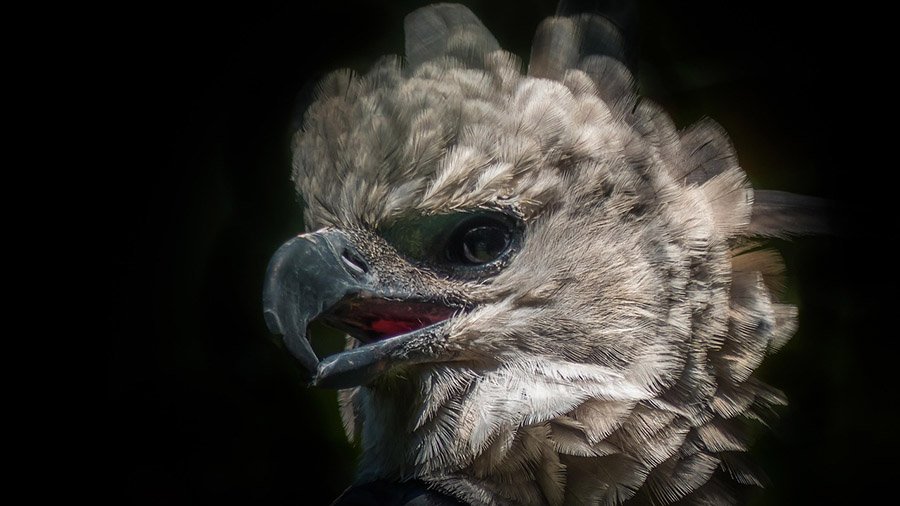
Eagles
Eagles, particularly the Harpy Eagle, are among the most powerful predators in the avian world and pose a significant threat to parrots. Harpy Eagles, found in the rainforests of Central and South America, are equipped with strong talons and massive wingspans, allowing them to snatch parrots from treetops.
Eagles often target larger parrot species like macaws, using their superior strength to overpower these birds. Their hunting strategy involves perching silently on high branches, awaiting the perfect moment to swoop down and capture their prey.
Owls
Owls are nocturnal hunters that often prey on parrots during the night. Species like the Barn Owl and the Great Horned Owl are known to feed on smaller parrot species. Owls have exceptional night vision and silent flight, making them effective predators in the darkness.
Owls typically hunt parrots when they are resting or nesting, using their acute hearing to detect the slightest movements. This predatory behavior highlights the constant threat parrots face, not only during the day but also after the sun sets.
Snakes
In tropical regions, snakes such as boas and pythons are common predators of parrots. These reptiles can climb trees and silently approach parrot nests, where they prey on eggs, chicks, and even adult birds. Their camouflaged bodies allow them to blend into the environment, making it challenging for parrots to spot them until it is too late.
Snakes rely on their ability to constrict or inject venom, depending on the species, to subdue their avian prey. They typically target nests, exploiting the vulnerability of eggs and chicks, which cannot escape or defend themselves.
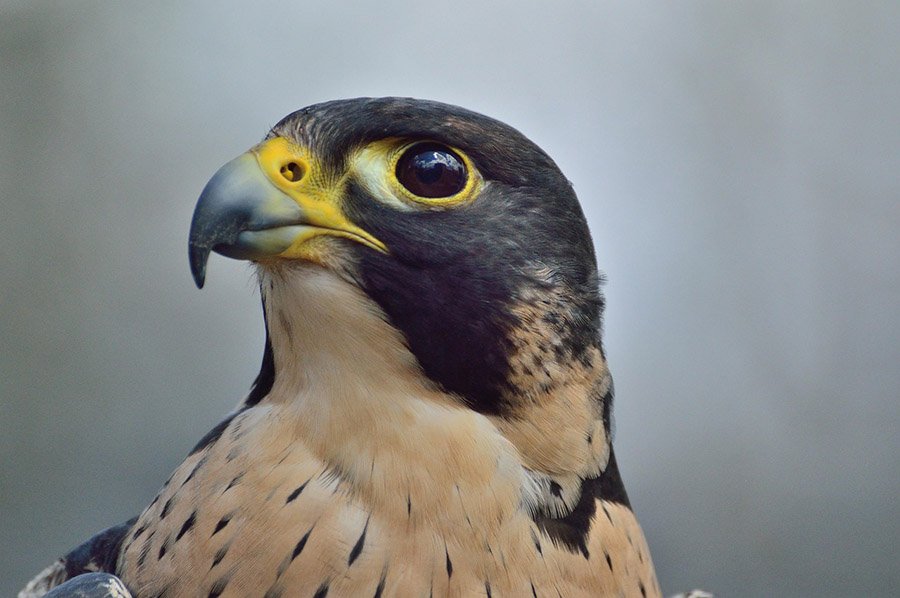
Falcons
Falcons are renowned for their speed and precision, making them formidable predators of parrots. The Peregrine Falcon, famous for being the fastest bird, can dive at extraordinary speeds to catch parrots mid-flight. This aerial prowess makes it a feared predator among parrot species.
Falcons primarily hunt during the day, using their keen eyesight to track and capture parrots in open areas. They prefer to hunt in environments where they can use their speed to their advantage, such as above forest canopies or open grasslands.
Monitor Lizards
Monitor lizards, particularly those found in Australia and Southeast Asia, are significant threats to parrots. These reptiles are known to raid parrot nests, consuming eggs and young birds. Their climbing ability and sharp claws make it easy for them to access nests located high in trees.
Monitor lizards are opportunistic feeders, and their predation on parrots is often a result of their search for easy meals, such as unattended nests or nests with little defense.
Crows
Crows are highly intelligent birds that can be opportunistic predators of parrots, particularly their eggs and hatchlings. Crows often work in groups to distract and overwhelm adult parrots, allowing them to raid nests successfully.
These birds are known for their problem-solving abilities and can often outwit parrots by creating diversions or using tools to access nests. The presence of crows is a constant threat to nesting parrots, who must remain vigilant to protect their offspring.
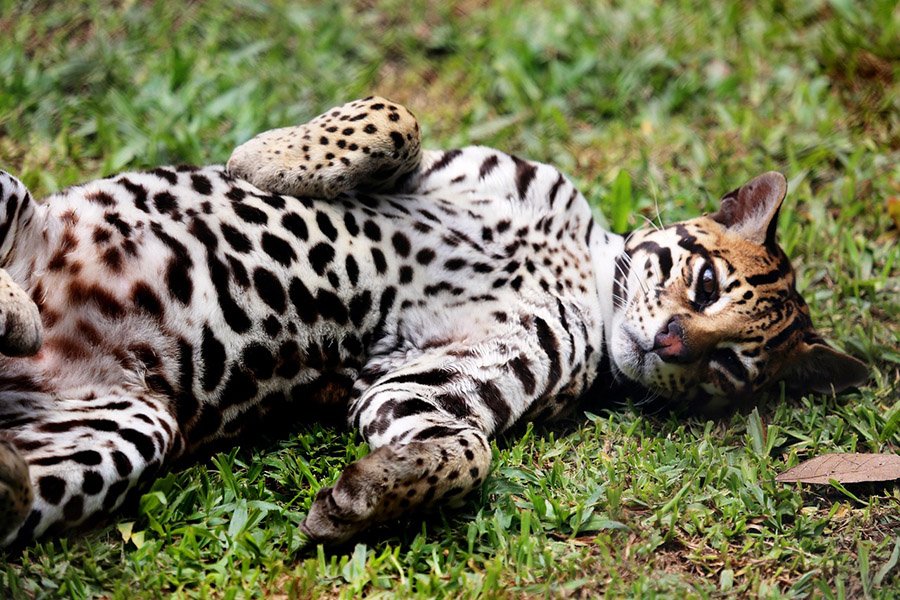
Big Cats
In some regions, big cats such as ocelots and margays prey on parrots. These predators climb trees to catch parrots, particularly those roosting in branches or nesting in tree cavities. Their stealth and strong climbing ability make them formidable hunters.
Big cats typically hunt parrots in dense forest environments, where their camouflage and agility are advantageous. While not the primary food source, parrots can become prey when other food sources are scarce.
How Do Parrots Defend Themselves?
Parrots have developed several defense mechanisms to protect themselves from predators. One of their primary defenses is their ability to mimic sounds and calls, which can confuse predators and lead them away from nests. This vocal mimicry not only aids in deterring threats but also in communicating alarm to other parrots in the vicinity.
In addition to vocal mimicry, parrots rely on their strong beaks and claws for defense. When threatened, they can use their beaks to bite and claws to scratch, potentially injuring their attackers. This physical defense is particularly effective against smaller predators and can provide enough time for parrots to escape to safety.
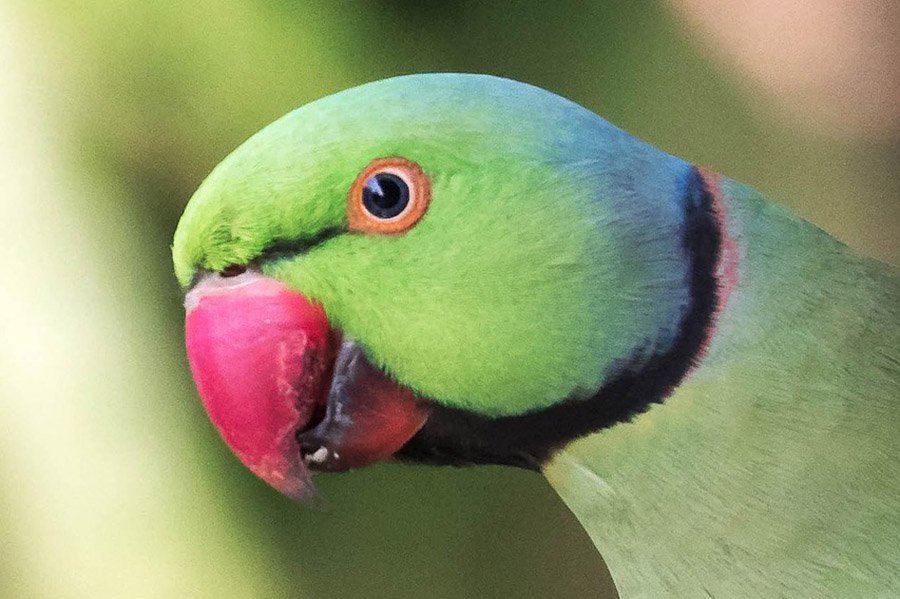
Parrots also utilize camouflage to blend into their environment, making it difficult for predators to spot them. Their vibrant plumage is often adapted to their surroundings, providing a natural disguise among the foliage. This camouflage is especially crucial when parrots are nesting or roosting, as it helps them avoid detection.
Lastly, parrots often form flocks, which enhances their safety in numbers. By staying in groups, they can collectively watch for predators and warn each other of impending danger. This social behavior not only increases their chances of survival but also fosters communal care of young and mutual protection.
Frequently Asked Questions
What animals prey on parrots?
Parrots are preyed upon by a variety of animals, including hawks, eagles, owls, snakes, falcons, monitor lizards, crows, raccoons, big cats, and other raptors.
How do parrots protect their eggs from predators?
Parrots protect their eggs by nesting in hard-to-reach places, using camouflage, and aggressively defending their nests. They may also mimic sounds to distract or deter predators.
Are all parrots vulnerable to the same predators?
Not all parrots face the same predators. The specific predators vary depending on the parrot species, their size, habitat, and geographic location.
Do parrots have any natural defenses against predators?
Yes, parrots have natural defenses such as vocal mimicry, strong beaks and claws, camouflage, and social behaviors like flocking together to ward off predators.
How does the loss of parrot populations impact the ecosystem?
The loss of parrot populations can disrupt seed dispersal processes, affecting plant regeneration and ecosystem balance. Predators that rely on parrots as a food source may also be impacted.
